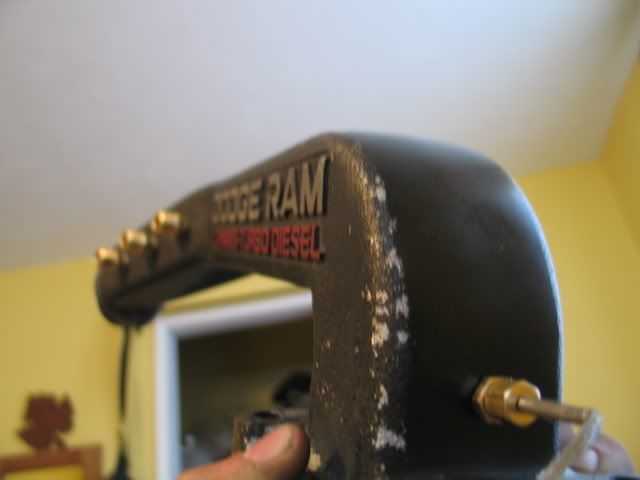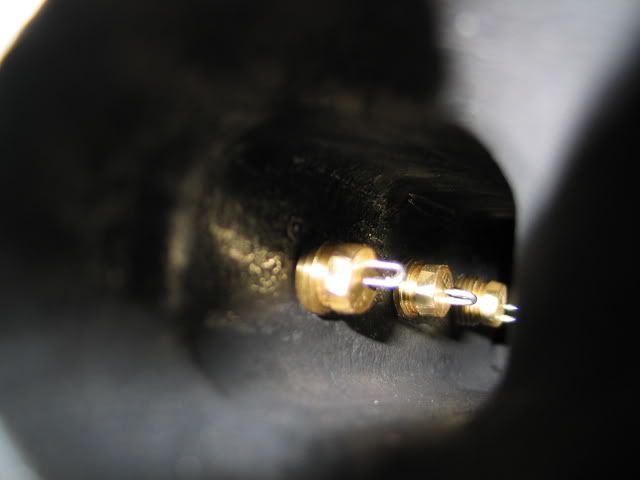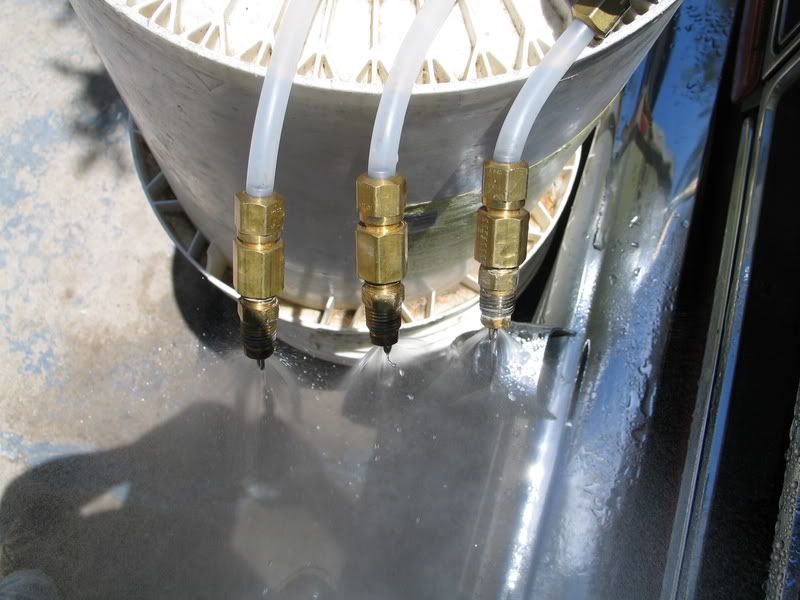water meth placement
Moderators: Greenleaf, KTA, BC847, Richie O
15 posts
• Page 1 of 1
water meth placement
ok, i am soon going to move my water/meth injectors right up next to the grid heater, because i have heard its the only way for it to cool well... but that brings the question to mind "will water meth cool if i still have a grid heater?"
i am not sure i understand where the cooled egt's come from, is it from cooler boost inlet temperature into the cylinders, or the presence of water itself in the combustion process?
thanks guys, i appreciate the help,
Derek
i am not sure i understand where the cooled egt's come from, is it from cooler boost inlet temperature into the cylinders, or the presence of water itself in the combustion process?
thanks guys, i appreciate the help,
Derek
1991 D350, reg cab, five speed, 4" dp 5" mitre cuts, 32 gsk, pump max, piston lp, POD injectors, S300, 3" cooler tubz, coolingmist, boost, pyro and tach... dually rockstars black, and custom fit 2nd gen towing mirrors
- 1991cummins
- fuel screw!!!!
- Posts: 284
- Joined: Fri Jul 20, 2007 10:27 am
- Location: Boerne, Tx
My water injection nozzels are right in the same place you are talking about and they work good. The water has a duel cooling affect, first by cooling the air in the intake manifold before it enter the combustion chamber, second by the water molecules absorbing some of the heat from combustion, I think  .
.
Sold 91 now-intercooled W250, 388WHP 923WTQ on #2 only 423WHP 968WTQ on meth 0% correction.
01 LB7
01 LB7
-

gear jammer 91" - 14mm rotor
- Posts: 526
- Joined: Tue Nov 13, 2007 10:18 pm
- Location: Yacolt WA






